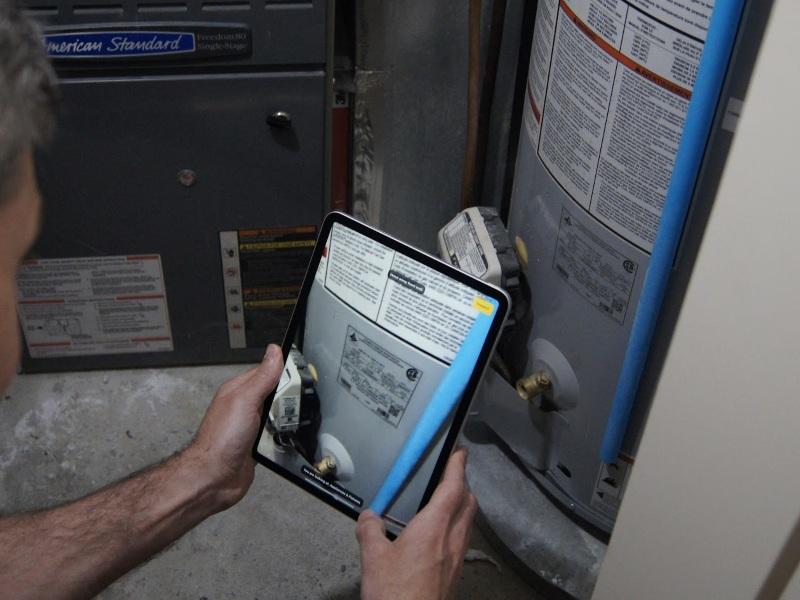
Guelph, Ont.-based home builder Fusion Homes has appointed Sasaki as the urban designer for the Guelph Innovation District (GID) — emphasizing sustainable building materials, energy and nature preservation.
Fusion Homes purchased the land in December 2021 for a reported $72.2 million. The site is bordered by Stone Road East, Victoria Road South and the Eramosa River. It includes 100 acres of protected natural land.
“With our head office here, it was an amazing opportunity to buy something of this scale, in our hometown in our backyard,” Ryan Scott, Fusion Homes’ senior vice-president of development and finance, told SustainableBiz.
“This is expected to include residential and commercial and retail, and employment and jobs. And then also from the perspective of incorporating and thinking about . . . our sustainability measures and affordable housing measures, mobility and pedestrianization and open space and parks and walkability.”
Sasaki is a U.S.-based design firm with offices in Boston, New York, Denver and Shanghai.
Fusion Homes was founded in 1999 by CEO Lee Piccoli, and has since built thousands of homes in Guelph, Kitchener, Waterloo, London and the surrounding areas.
The Guelph Innovation District
The intent for the GID is to create a sustainable mixed-use development that addresses housing supply while creating jobs. It is the first project of this scale for Fusion Homes.
While the numbers are still being finalized, Scott mentioned a plan for around 5,000 new units, around 9,000 to 10,000 new residents and “jobs in the thousands.”
Currently, Fusion Homes hopes to get into the ground in 2025 and complete the initial phase of homes and buildings by 2027. Future developments to the site would take place over subsequent years.
It is in the midst of kicking off stakeholder focus groups to “help Sasaki get ingrained,” which includes the University of Guelph, the city’s chamber of commerce and other key parties.
GID's sustainability features
The new partnership with Sasaki will focus on the sustainability of the community.
“On certain aspects of the site, we would have the ability to do an 18-storey apartment building, or maybe a 12-storey mass timber condo sits better,” Scott said. “And so those are the kinds of things that we're excited to work through with our team and Sasaki to really create a special community here.”
Aside from the potential for mass timber, Scott mentioned exploring geothermal and district energy heating systems, positioning buildings to maximize shoulder seasons and tree coverage.
He would not commit to a specific green standard, like Passive House or LEED, only saying that Fusion Homes is still exploring the option as they are still early in the process. He did however mention planning to accommodate increased allowances for electric vehicle charging.
“There's a significant natural heritage area. So the ecology of that, and how do we embrace that? How do we improve that space and restore it where it makes sense?” he said.
“Potentially partner with someone in that field to really make best use of the existing trail networks and new trail networks to enhance mobility and reduce the reliance on cars.”
The job creation is going to focus on five sectors: agri-innovation, cleantech, information technology, advanced manufacturing and life sciences. Scott highlighted the proximity of the University of Guelph as a way to create an information hub and bring those jobs to fruition.
Challenges for the Guelph Innovation District
Fusion Homes has a lofty goal of making the community “relevant” in 2050. Given that much of the GID is not yet set in stone, this is a significant challenge.
“How do we make that adaptable to some degree? How do we create infrastructure? Again, we need things to work. We still live in a fluctuating climate. So ensuring that people have the right heating and cooling that they need is super important. How can that be set up if possible to be adaptable?” Scott said.
“And maybe that’s through phases, maybe phase one looks a little different than hypothetically, phase four or phase five, in terms of some of the technology that's being used because of advancements.”










